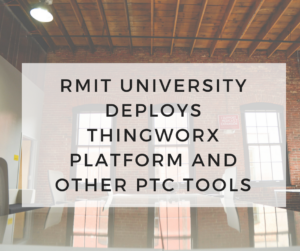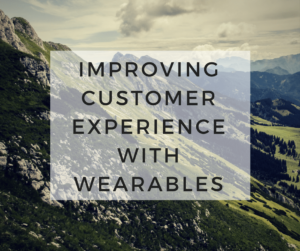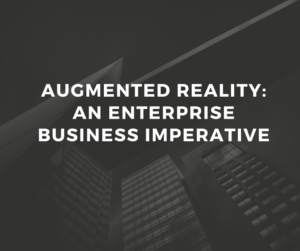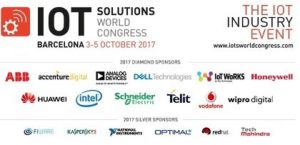RMIT University deploys ThingWorx platform and other PTC tools

The PTC products being adopted include the ThingWorx IoT platform, Windchill product lifecycle management and ThingWorx Studio augmented reality solutions. RMIT is also expanding its relationship with PTC value-added partner LEAP Australia.
RMIT has identified a recent surge in demand for graduates with skills in Industry 4.0, including the industrial internet of things (IIoT) and augmented reality (AR) for the enterprise.
Pier Marzocca, Professor and Associate Dean in the University’s School of Engineering, said RMIT believed insights from industrial IoT data, combined with AR for in-context display, would be critical to the business transformations that will arise from Industry 4.0.
RMIT also plans to use its ThingWorx technologies to expand its collaboration with local industry partners, especially companies without sufficient resources to comprehensively harness the transformative nature of Industry 4.0 for their business, according to PTC.
The article can be read in full here.



